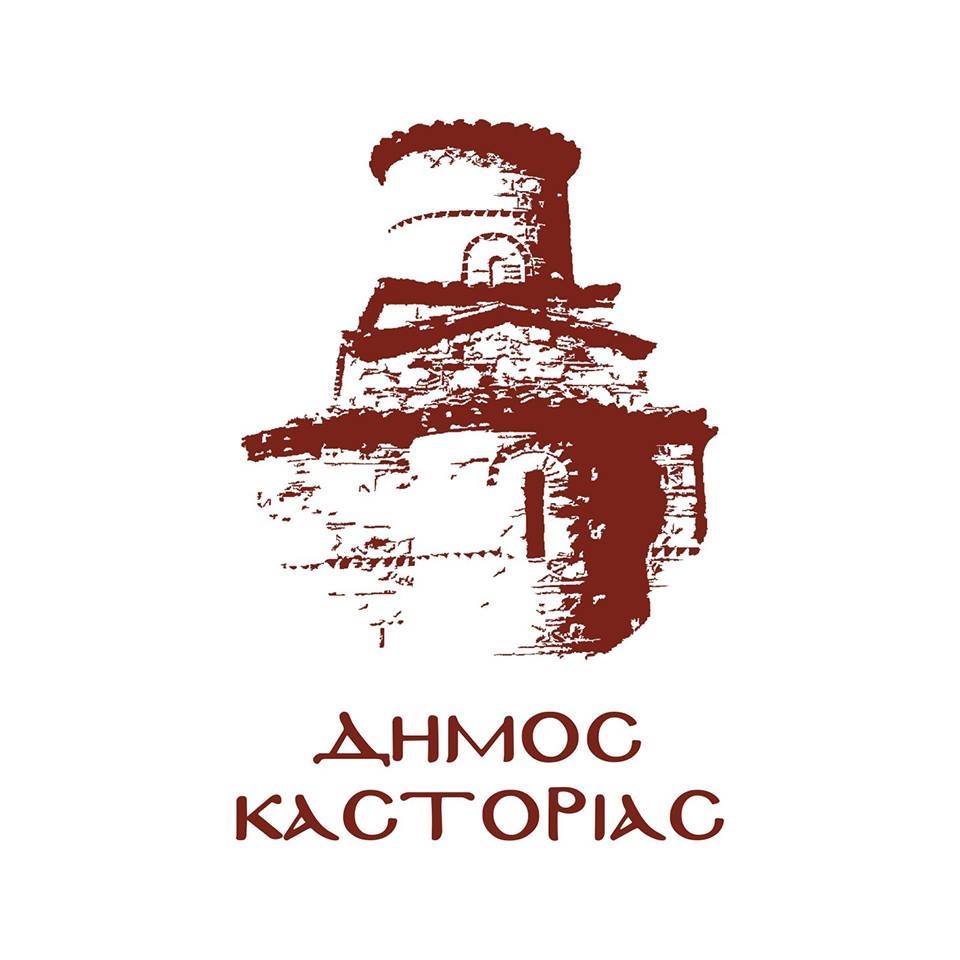The Madrrassa of Kastoria
The Madrrassa is located in the western part of the Byzantine city and was the Ottoman seminary of Kastoria. It was founded in the middle of the 18th century by Ahmed Pasha, called Kesriyeli, because of his origin from Kastoria, who donated an important library to it. The seminary flourished at the beginning of the 19th century, but was gradually abandoned and with minor alterations at the beginning of the 20th century the building was used as a salt monopoly. Moreover, during the Italian occupation (1941-1943) it was also used as prison quarters.
Architecturally, it is the type of madrrassa with an open, colonnaded courtyard with a Π-shaped plan. The courtyard is surrounded on the east, north and south by a vaulted gallery, behind which the rooms are arranged. The portico is supported by seventeen columns bearing capitals, each with a different decoration, dominated by relief floral and geometric motifs. The building is made up of fourteen rooms including classrooms, a library, students’ cells, a prayer room and a bathroom. The rooms are covered with domes, have a fireplace for heating and the most important ones are decorated with “muqarnas” and frescoes from a later repair in 1897 (1315E) with rosettes and geometric designs. The monument has been subjected to intermittent consolidation interventions, while in the near future restoration work will begin by the Ephorate of Antiquities of Kastoria.















